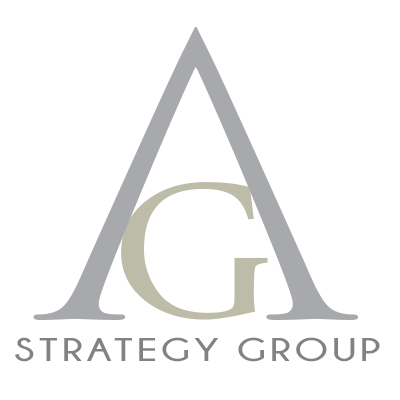Book Summary: Playing to Win: How Strategy Really Works
Organizations often use “strategy” to refer to initiatives and plans that are, in reality, not truly strategy. Some think of vision as strategy. Or optimizing the status quo in an organization. Or adopting best practices. But it’s none of those. Instead, the authors define strategy as choice or an integrated set of choices that places an organization at an advantage over its competitors and provides its customers (or stakeholders) real value. Coming up with a strategy is hard because it requires clear thinking, creativity, and tough choices. And leaders don’t always prioritize this work over the day-to-day activities of an organization. To overcome these barriers, the authors created a “strategic choice cascade,” which takes an organization through a series of five – simple, but vital -- decisions.
The book contains examples of actual strategy decisions from Proctor & Gamble (P&G) when A.G. Lafley was the Chairman and CEO of P&G and Roger T. Martin served as his senior, outside advisor. Based on their own experiences, the authors strongly recommend an organization go through all five choices in sequence rather than stopping the process after a certain step. Their defined approach enables leaders and managers to make clearer and harder choices than other methods. And their method allows strategy to occur at multiple levels of an organization; this creates a nested relationship among corporate, business unit, and product/service-level strategies, for instance. The reinforcing cascade of five, key choices follows.
1. What is Your Winning Aspiration? An organization can translate winning into its ideal future by broadly defining the activities of the enterprise. For example, as P&G transformed the Oil of Olay brand, it aspired to the highest market share and $1B in sales. A government agency may aim to provide constituent service while achieving a high satisfaction rate. A winning aspiration sets the parameters for all subsequent choices in the cascade. And all choices an organization makes should fit within and support its winning aspiration.
2. Where Will You Play? Next, a company must define the playing field on which it will achieve its winning aspiration. Answering this question will help narrow the field of competition: which markets, segments, customers, channels, and service or product category a company will pursue. These choices help an organization avoid being “all things to all people,” and thereby, become too diffuse to achieve its winning aspiration.
3. How Will You Win? Then, an organization should decide how it will succeed once it’s decided where it will play. For companies, at the macro level, this choice will be whether to pursue a low-cost production or differentiation business model. But how to implement this choice depends on the specifics of the market, industry, and organizational strengths and weaknesses. Michael Porter calls this the competitive advantage.
4. What Capabilities Must Be in Place? An organization must examine the range and qualities of activities that will allow it to win on its chosen playing field. For example, when reinventing the Oil of Olay brand and products, P&G identified it needed the capabilities of innovation, deep consumer understanding, global scale, and brand building to succeed. When constructing and evaluating capabilities, organizations should play to their own, unique strengths.
5. What Management Systems Are Required? Finally, an organization uses these systems to “foster, measure, and support strategy.” It can define measures that indicate company performance relative to their short and long-term strategies. And the authors caution readers to not overcomplicate matters when developing and communicating management systems.
In addition, the book includes two other frameworks to use when answering specific questions in the choice cascade. First, the authors advocate exploring four dimensions when defining where an organization will play and how it will win: industry and segment and attractiveness; what customers value; position relative to the competition; and how will competitors respond to your choices and actions. Second, organizations can use a reverse engineering method to pinpoint what it really needs to know when using the choice cascade, and this can boost the chances of success for its particular strategy. This method involves generating a wide range of options for playing fields and competitive advantages among other techniques.
